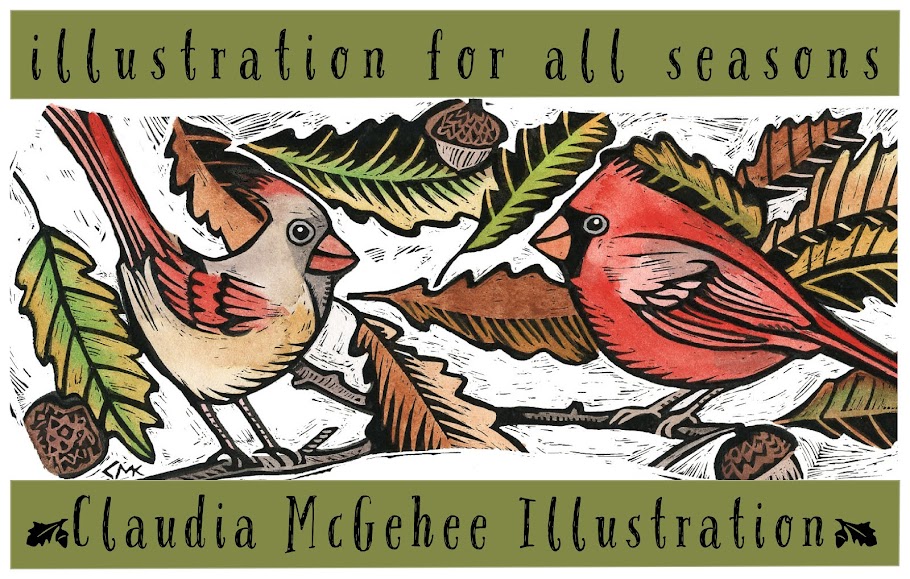Often after programs, I’m asked about my favorite picture
books. Oh, there are so many that stand out! Every year, I pick my own
winners and bestow a personal Caldecott. The titles I grew up with I have loved
the longest and have a special place on my book shelves. In general, I am prone to love picture
books that involve nature, and of these, books that show nature big and people
smaller really win my heart. I also like underdog stories, a plot that involves
a triumphant return. And Virginia Lee Burton’s “The Little House” hits this
mark for me. Burton both wrote and illustrated “The Little House”, first
published in 1942. It won the Caldecott that next year. “The Little House”
continues to turn up on Top 100 Best Picture Books Ever list. I still look to
it for inspiration.
As part of Children’s Book Week, here’s a few lines on “The
Little House” and why I love it.
“The Little House” is about well, a happy little house, built
with love on a beautiful spot in the country. She sees the seasons come and go
in a happy rhythm of life. Time passes. Children grow up. Owners grow old. The
countryside around her changes until the once distant city now engulfs the
Little House. There she remains for a long while, unnoticed and unloved by the
throngs of people that rush by. At last, she is recognized and rescued by a
family member who moves her out to a new spot in the country. A happy ever
after ending.
The things I love about this book? Certainly, as a conservationalist, the cautionary message of
urban sprawl resonates. Since we moved to Iowa City 22 years ago, our city has
grown and changed, and not all for the good. Not that growth is all bad, it’s
just that the instigators need to keep mindful of not only what we gain with
every new build, but what we loose. And we’ve lost of lot of natural habitat to
new development. Native birds and animals are really pinched to find large
enough areas to live and prosper. Iowans truly see our wildlife and lands as a
special part of our region’s identity. We should consider this before another
meadow is plowed under for condos. The Little House reminds us to cherish open
space, to learn and grow in. It wouldn’t be a bad idea for every developer and
builder in Johnson County (and beyond!) to keep a copy of “The Little House” on
their bed-time nightstands.
I love the sense of the cycle of life in “The Little House”.
Everything is circular. Beginnings lead to endings that lead to beginnings
again. What is old can be new. A gentle sense of the impermanence of things
also part of the Little House cycle. It reminds us that we come and go.
Burton does a brilliant job of using the four seasons as
structure in her book. The seasons are human kind’s original organizer. Before
we had iPhones and Blackberries to help us out, we looked to nature to say
“Hey, it’s time to harvest our food, or gather wood, or plant the beans, or
move” So simple and connected!
Lastly, Burton’s illustration style has always talked to me,
as a visual artist and writer. I admire the strong sense graphic design in her
work. The round, sturdy compositions include the words as part of the whole
visual image. I also like how she personifies the Little House in a subtle, not
an overly sweet and cartoony way. The Little House’s contented look comes from
her upturned window eyes and her front porch smile. Her sadness comes from her
broken out window eyes and her sagging porch. There is an easy lesson in
empathy here. The Little House's gaze still warms me after all these years.














